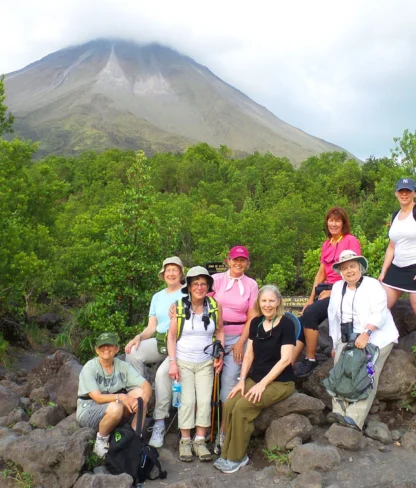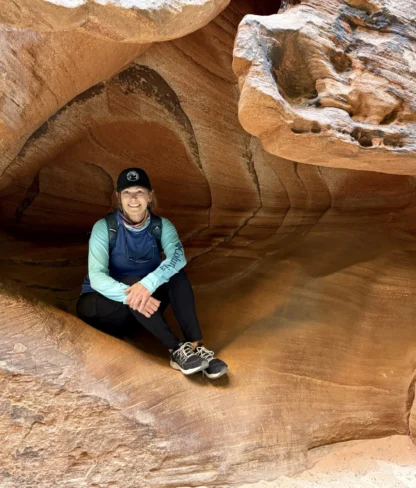All About Grizzly Bears: Fascinating Facts

The highlight of our Alaska Bear Viewing & Wildlife Safari on the Kenai Peninsula, is the time we spend at a fly-in bear camp. It is here that we have the opportunity to observe Alaska brown bears (also known as “grizzly bears”) at home in their natural habitat.
Here are some fascinating facts about the grizzly bears of Alaska:
1. Grizzly bears are one of the largest living carnivores. Males tend to be 30-50% larger than females and can weigh up to 1,500 lbs. and stand over 8 ft. tall when upright on their hind feet. They weigh the least when they exit their dens in the spring and can increase their weight over 50% during the summer and fall.
2. Grizzly bear mating in Alaska occurs during the warmer months from May to July. After mating, the female grizzly bear may become pregnant, but that doesn’t mean she’ll give birth. An old joke says that you can’t be half pregnant, but in the bear world, this is false. The fertilized egg develops into a small embryo called a blastocyst. After this short period of development, the fertilized egg suddenly stops growing and simply floats freely in the uterus for several months. If a sow is in peak condition when she heads into her winter den, the embryo implants in the uterus and begins to develop. If the sow is not in peak condition, her body absorbs the embryo and she does not give birth that year. This gives bears more control over their reproductive rate than just about any other animal.
3. Cubs are born during January and February and twins are most common. They stay in the den until June, when they emerge to explore their new world under the watchful eye of mom. New cubs, along with adolescents, are a common sighting on our Alaska adventure.
4. Many people believe that bears are nearsighted. However, this is a myth and their eyesight and hearing are comparable to humans. They also have a keen sense of smell, exceeding that of dogs. Although their size might make you think otherwise, they can run in short bursts up to 40 mph and can out-swim an Olympian! Watch out Michael Phelps!
5. Grizzlies are usually solitary animals. However, they often gather in large groups in concentrated feeding areas such as salmon spawning streams, sedge flats, and at whale carcasses. They have developed a complex language and social structure to express their feelings and minimize serious fights in these situations. It is this type of feeding concentration where our fly-in bear camp provides AdventureWomen the opportunity to view these magnificent bears of Alaska.
Come to Alaska June 13-20, 2015 with AdventureWomen and see these amazing animals up close!


